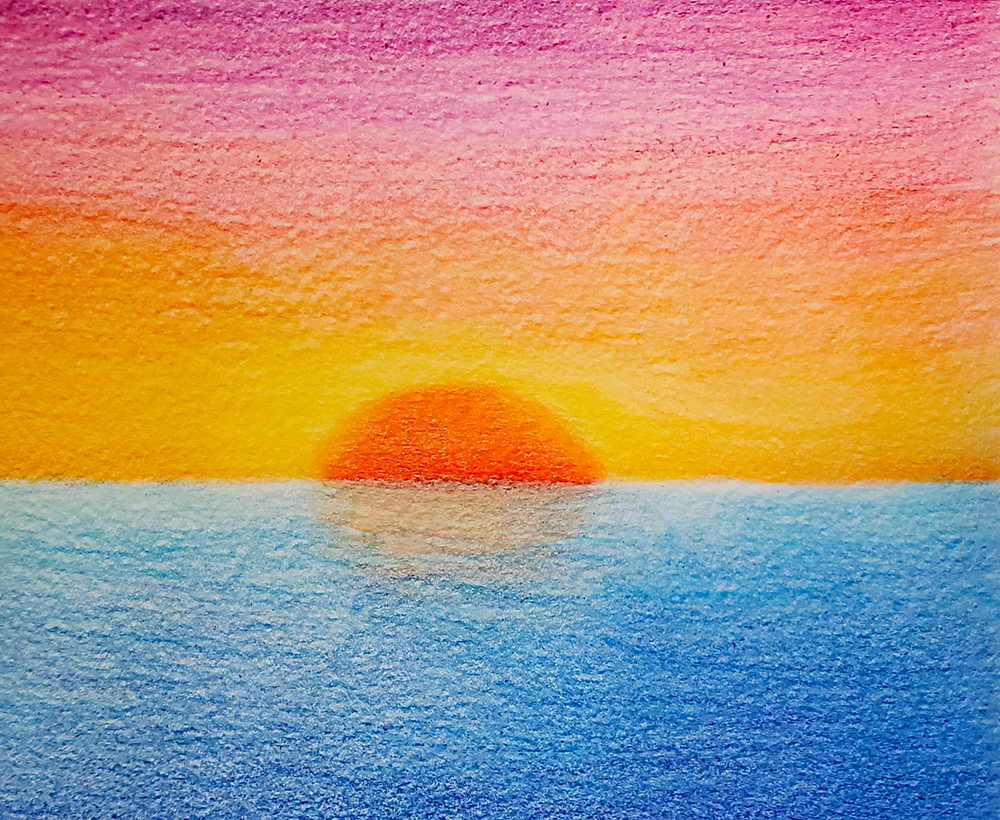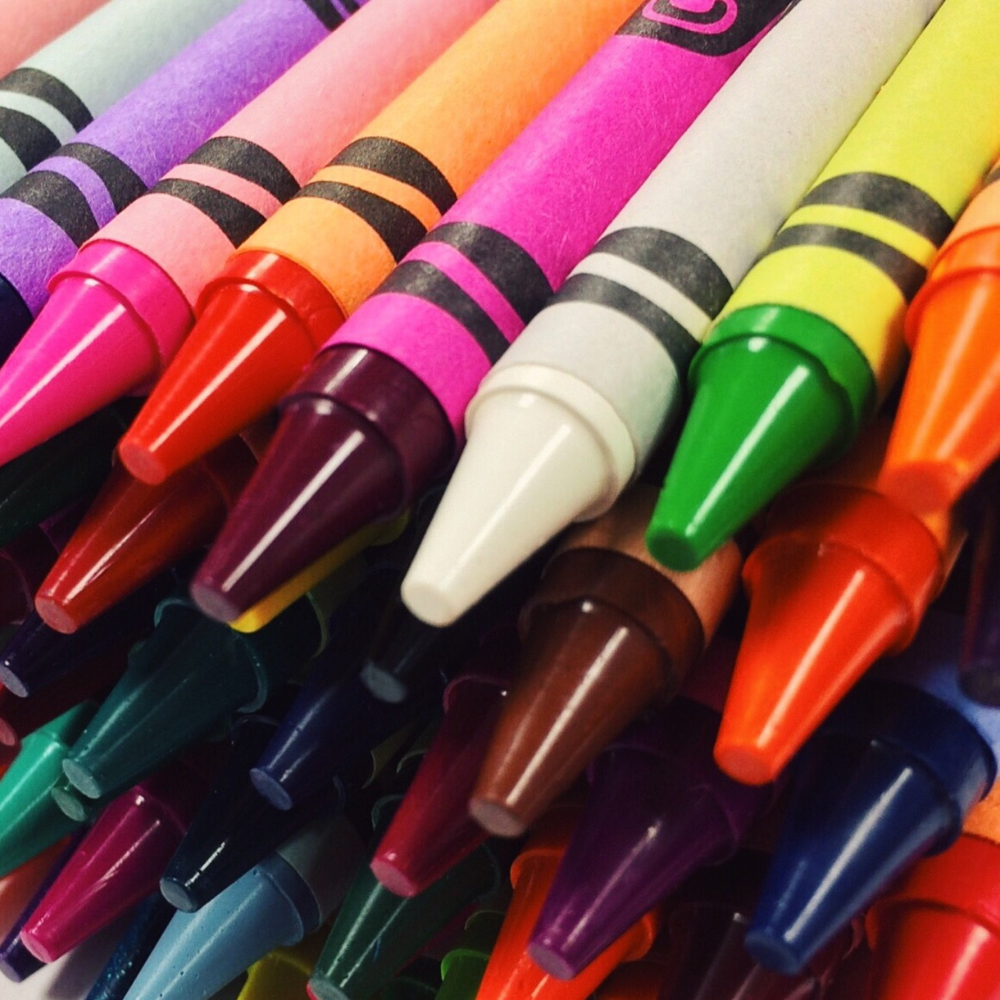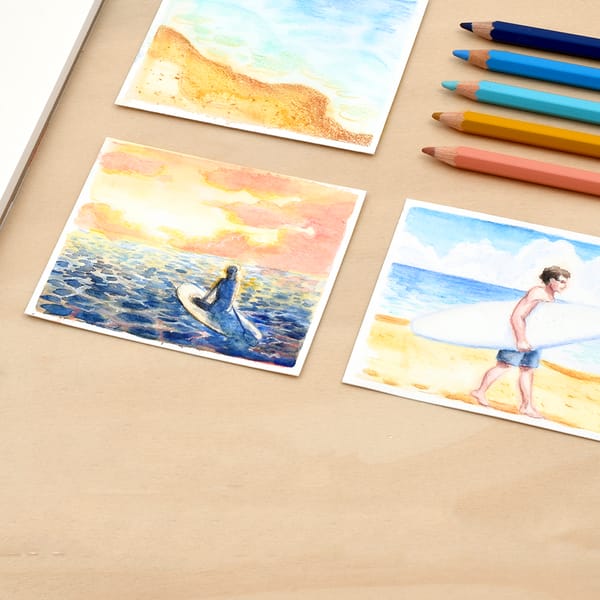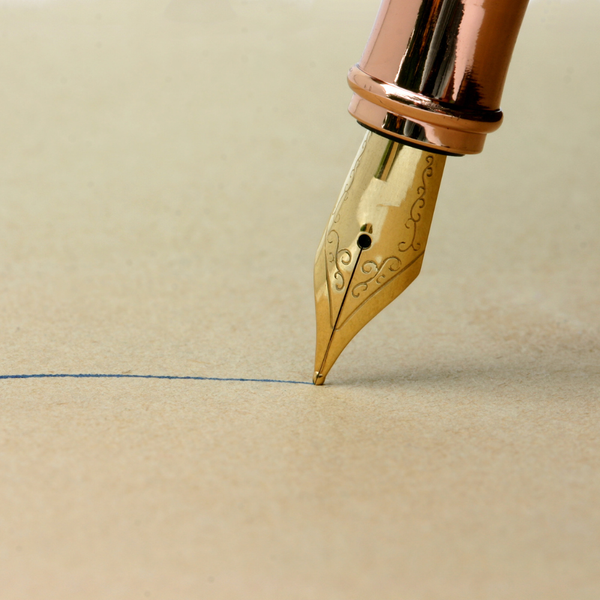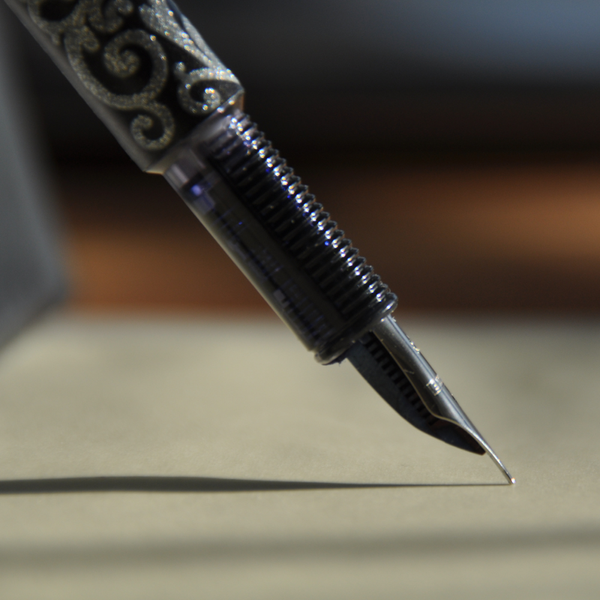Are you tired of battling smudges that blur your artistic vision?
Say goodbye to messy artwork and hello to crisp, clean lines with our guide to the smudge-free crayons.
When it comes to coloring, nothing disrupts the creative flow like a smudge spreading across your beautiful artwork.
Parents, teachers, and even artists often ask, "What crayons don't smudge?"
This article explores various crayons known for their smudge-resistant properties, ensuring that every stroke remains as intended on paper.
From top brands that guarantee impeccable results to practical tips for keeping your creations pristine, we've got everything you need to ensure your art stays exactly as you intended.
Let's dive into the world of smudge-free crayons and transform the way you draw!
Key Takeaways:
- Non-Smudging Properties: Learn which crayons are best for clean, sharp artwork without the mess.
- Types and Brands: Discover the top brands and types of crayons that promise smudge-free results.
- Practical Tips: Gain practical tips on how to prevent smudging when using different types of crayons.
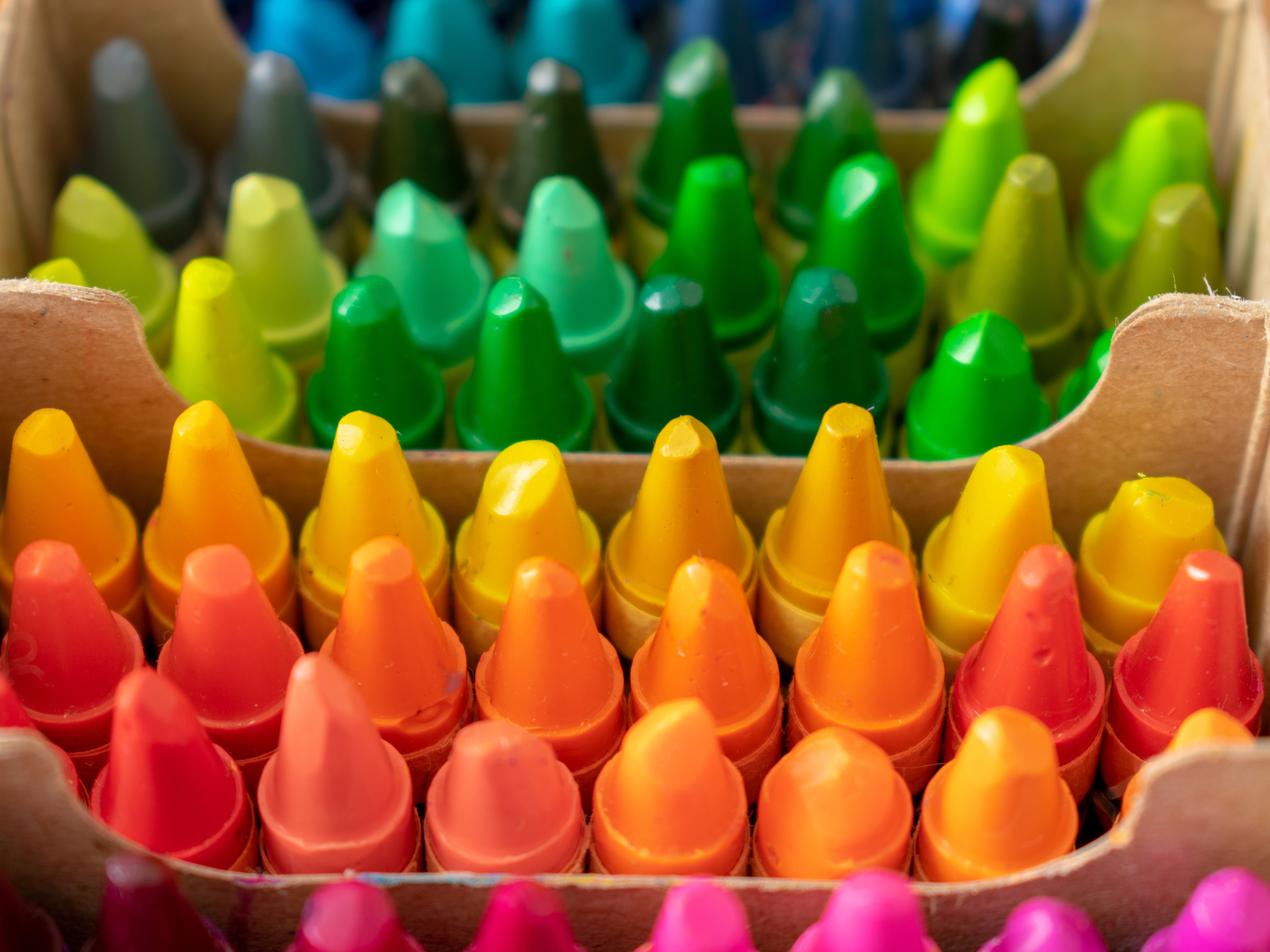
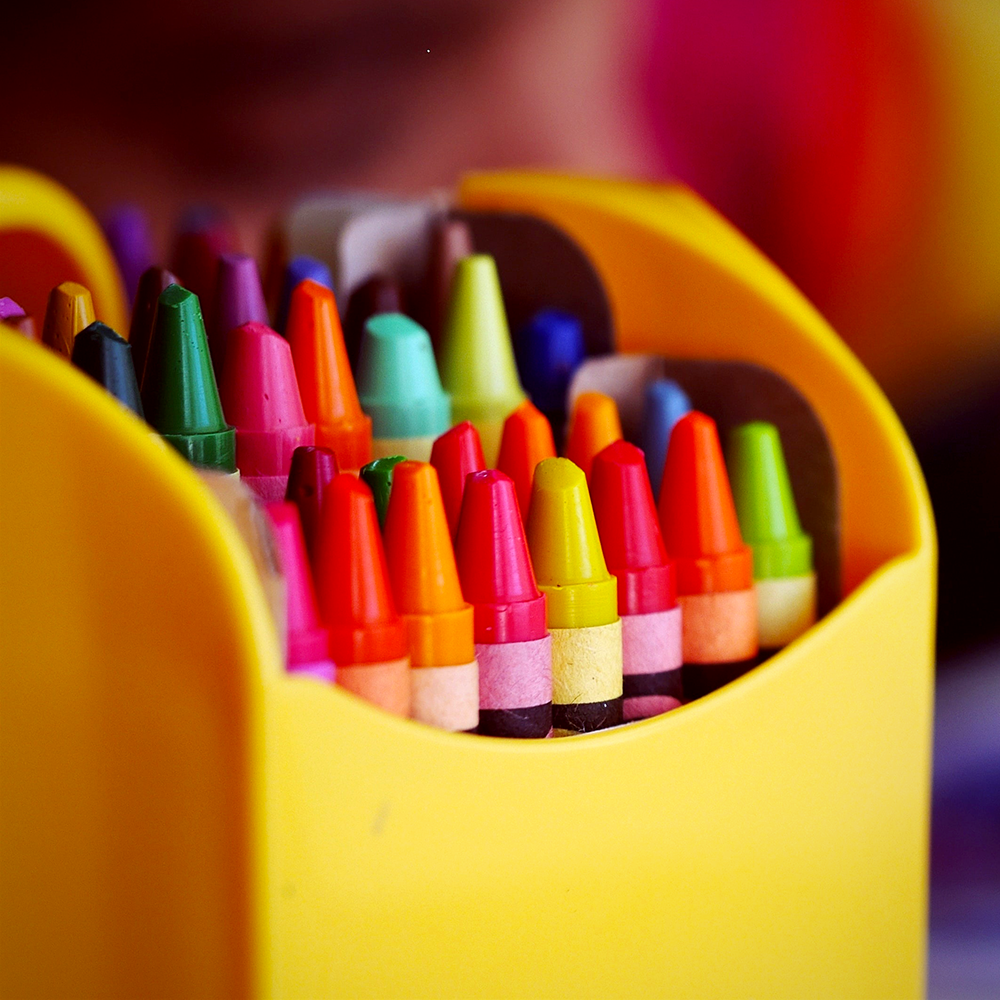
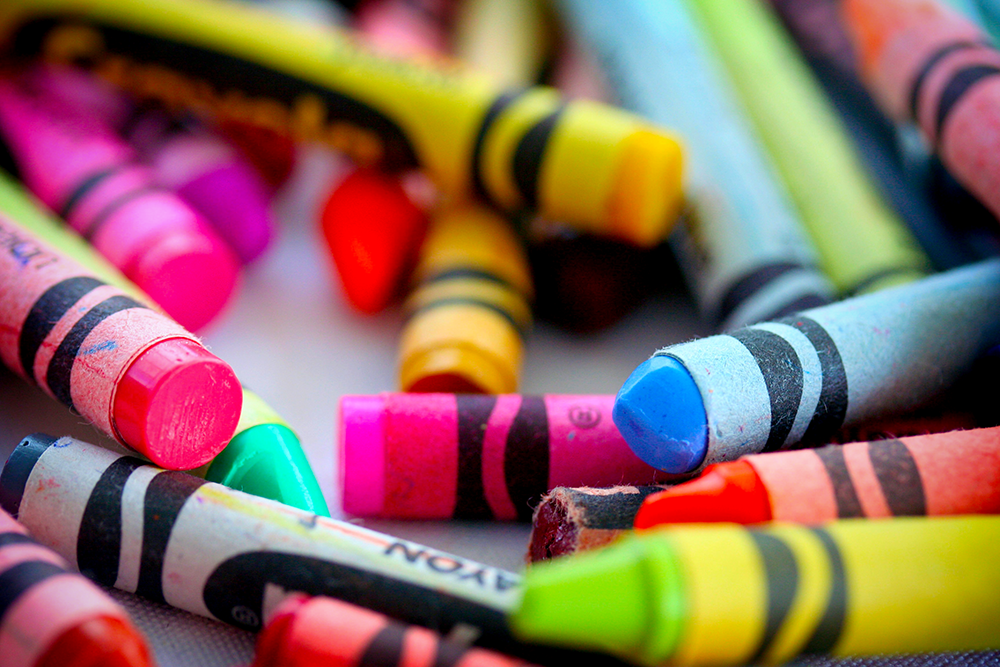
Understanding Crayon Composition
Crayons are primarily made from wax and color pigments.
The quality of these materials greatly influences whether a crayon will smudge.
Wax crayons, for instance, are popular among young children and are formulated to be easy to handle and relatively mess-free.
However, not all wax crayons are created equal when it comes to resisting smudging.
Wax Crayons: A Closer Look
Wax crayons are a staple in classrooms and homes.
They are valued for their ease of use and vibrant colors.
Brands like Crayola offer wax crayons that are specifically designed to minimize smudging, enhancing the cleanliness of the drawing experience.
These crayons often feature a harder wax composition that adheres well to paper without leaving excess residue on fingers or surfaces.
Role of Washable Crayons
Washable crayons are another excellent option for smudge-free coloring.
These crayons are designed to be easily wiped from walls, tables, and even clothing.
The washable formula ensures that colors do not bleed into each other, maintaining clear, distinct lines that do not smudge.
Exploring Non-Toxic Options
Safety is paramount when selecting crayons, especially for young children.
Non-toxic crayons not only provide peace of mind for parents but also tend to have better formulations that reduce smudging.
These crayons adhere to strict safety standards and are formulated to provide a smooth, clean coloring experience without compromising on safety.
Bright and Dark Colors: Difference in Smudging?
The pigment concentration in crayons can affect their smudging tendencies.
Dark colors, which have higher pigment loads, might seem like they would smudge more, but this is not always the case.
High-quality crayons, regardless of color, should deliver smudge-resistant performance.
Brands like Crayola ensure that both their light and dark crayons meet these standards.
Impact of Color Intensity on Smudge Tendency
When considering what crayons don't smudge, the intensity of the color plays a pivotal role.
Bright colors like yellow, green, and orange often contain different pigment compositions compared to darker shades such as blue, purple, and brown.
These variations can affect how much elbow grease a child must apply to achieve vivid results.
Typically, lighter colors require less pressure during application, reducing the likelihood of smudging.
This is particularly beneficial for younger children who might not yet have fully developed fine motor skills.
Moreover, the formulation of these bright colors often includes non-toxic, easy-clean components that not only ensure safety for kids but also make it super easy for parents to manage any accidental marks on walls or tables.
Manufacturers are increasingly focusing on these features in their product details, as evidenced by the average rating and reviews on seller websites.
Parents and educators looking for practical, vibrant, and mess-free artistic tools for children often favor these options, as they significantly diminish the hassle of cleanup.
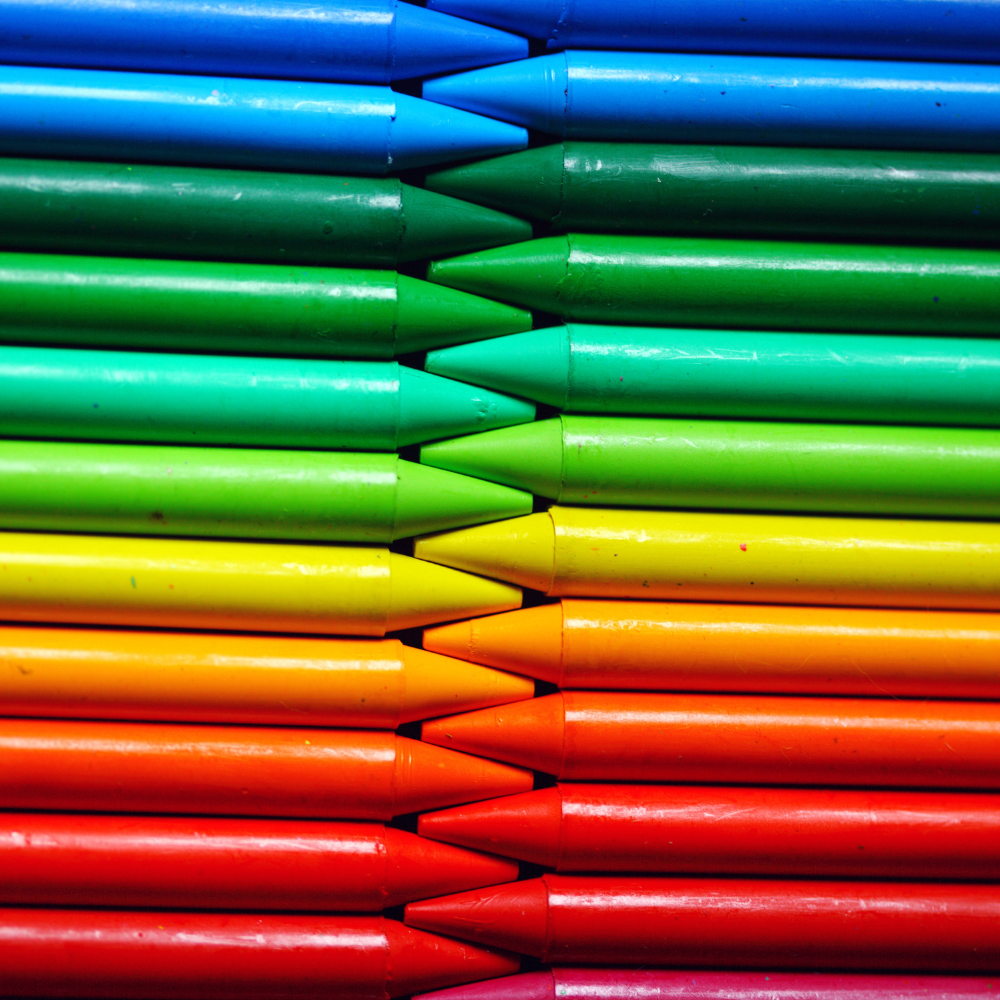
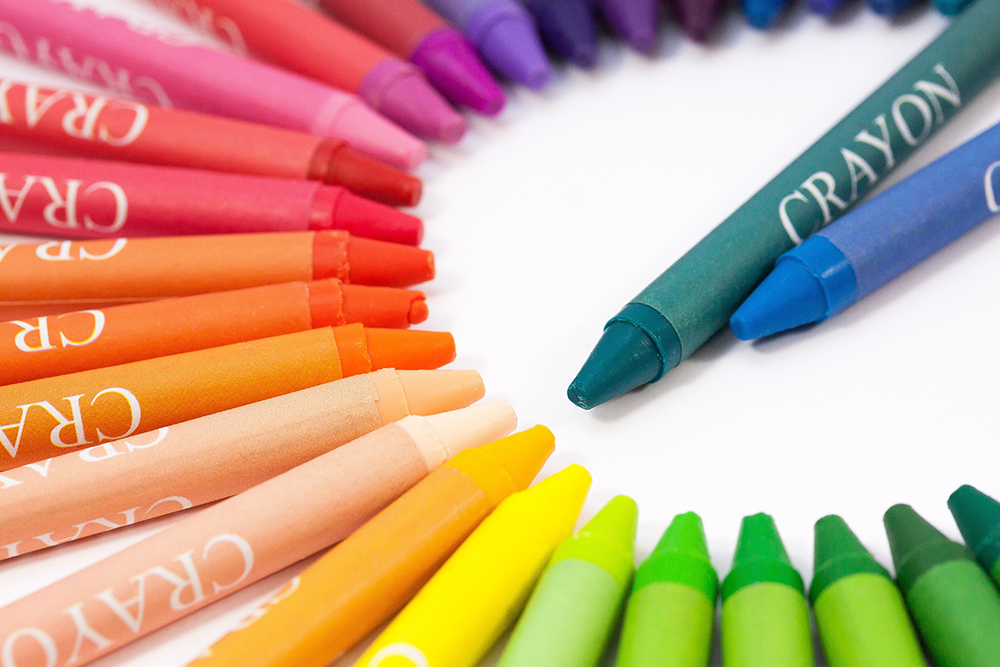
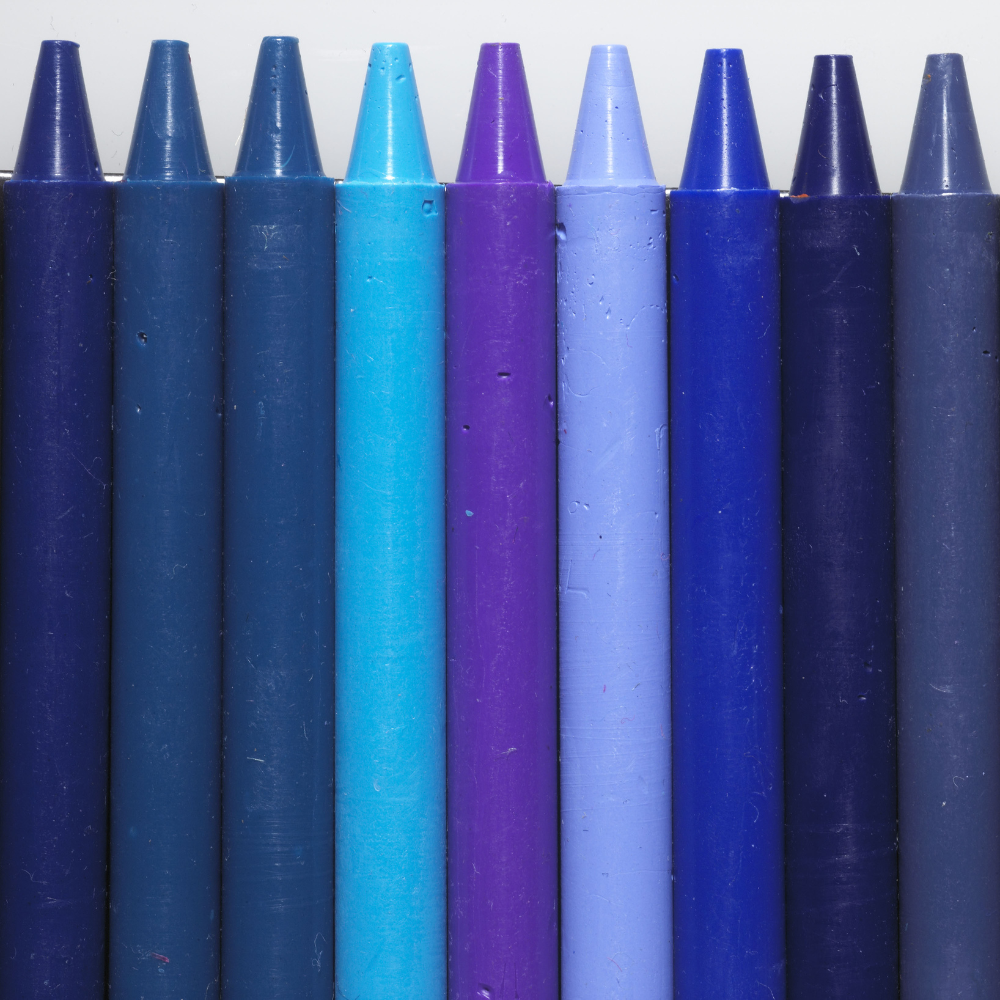
Impact of Sharpness on Smudge Resistance
When considering what crayons don't smudge, the sharpness of the crayon often plays a crucial role.
A finely sharpened crayon provides more control and precision, which helps in laying down a thinner, more even layer of wax.
This precision reduces the chances of excess wax being left on the paper, which can later smudge under pressure or if brushed by a hand.
For tasks requiring detailed work, such as outlining or adding fine features to drawings, sharp crayons are essential.
Manufacturers often include a sharpener in the box to help maintain the optimal point of the crayons, enhancing their smudge resistance.
Moreover, the pressure applied during coloring also affects how much a crayon smudges.
Children, especially toddlers, might apply uneven pressure, which can result in thicker crayon application and potential smudging.
Educating kids on using a gentle touch can significantly reduce smudging.
Some crayons are specifically designed to break into chunks under high pressure as a way to teach kids about the right amount of force needed for coloring.
This feature not only preserves the life of the crayon but also keeps drawings clean and vibrant.
Environmental Impact of Crayon Production
The production of crayons, particularly those that are non-toxic and smudge-free, has significant environmental implications.
Manufacturers are increasingly focusing on sustainable practices to minimize the ecological footprint.
Non-toxic crayons, often made from soy or beeswax, not only ensure safety for kids but also promote a greener production process.
These materials are biodegradable and provide an excellent alternative to petroleum-based waxes, which are commonly used in traditional crayons.
By choosing these eco-friendly options, families can reduce harmful waste and support environmental sustainability.
Moreover, the packaging of crayons also plays a crucial role in their environmental impact.
Many manufacturers are now opting for recycled or minimal packaging to further enhance the eco-friendliness of their products.
This shift not only helps in reducing the waste generated by excess packaging but also appeals to environmentally conscious consumers.
When families choose these products, they contribute to a larger movement towards sustainability.
This is particularly important as the demand for easy clean and non-toxic products increases, influencing manufacturers to adopt more responsible production techniques.
How Manufacturers Impact Smudge Resistance
The manufacturing process and the quality control measures of crayon brands play a crucial role in the smudge resistance of their products.
Reputable manufacturers invest in technologies and processes that ensure their crayons deliver consistent, high-quality results that resist smudging.
Importance of Crayon Delivery Systems
When discussing what crayons don't smudge, it's crucial to consider the delivery systems used by manufacturers.
A well-designed crayon delivery system ensures that the crayon's composition is preserved until use, which significantly reduces the risk of smudging.
For instance, retractable crayons or those encased in a twistable plastic shell protect the crayon from external elements like heat and moisture, which can affect the crayon's texture and smudge potential.
This design is particularly appreciated by families and educators as it also promotes ease of use and cleanliness.
Moreover, the method of crayon delivery can influence how a crayon lays down color on surfaces such as paper, walls, or tables.
Advanced delivery mechanisms can provide a more consistent application of wax, allowing for smoother strokes and less pressure from the user.
This not only enhances the durability of the crayon but also ensures that the color remains vibrant and less prone to smudging.
Such features are often highlighted in the product descriptions and are a key selling point for top sellers in the crayon market.
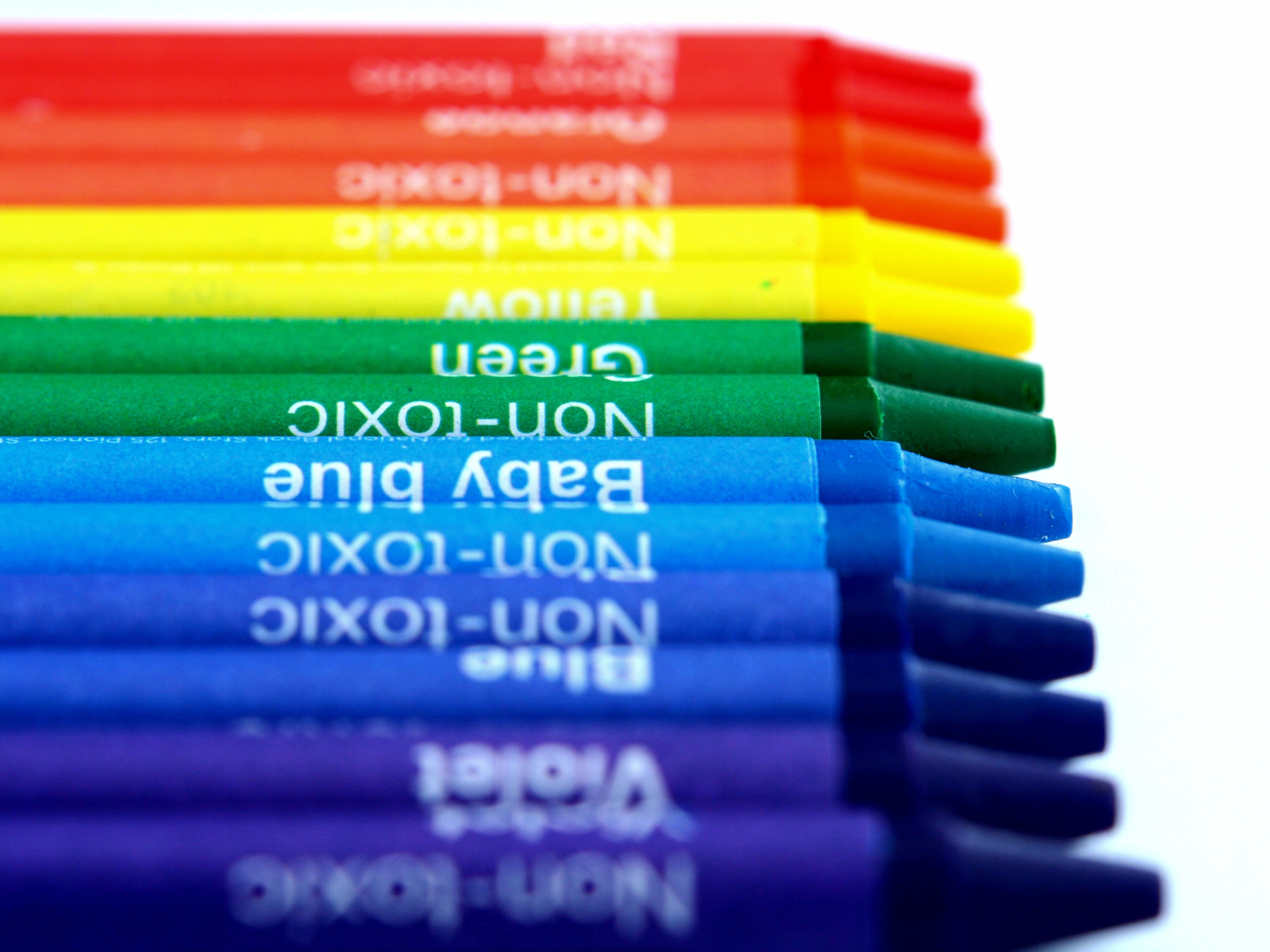

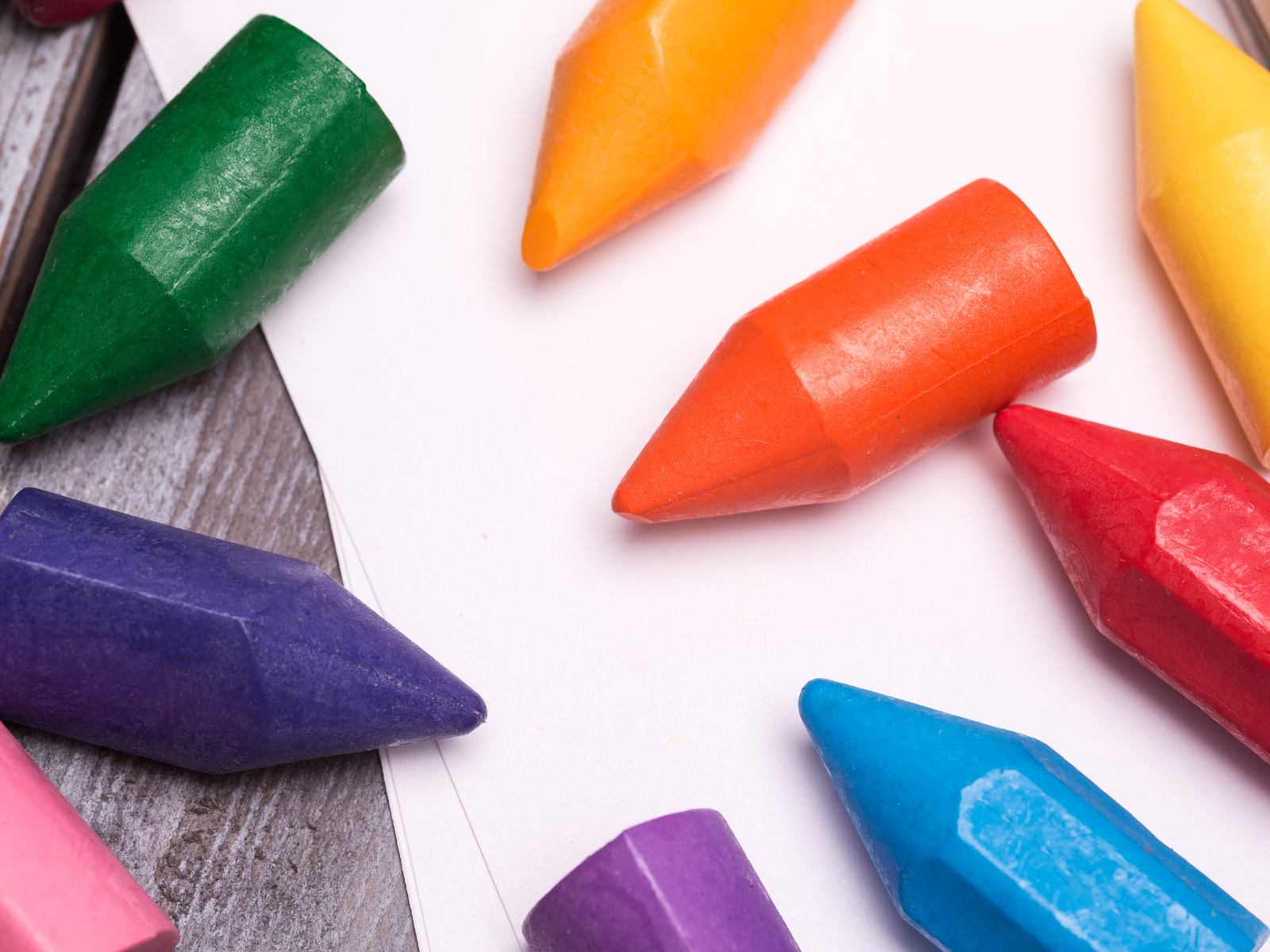
Crayon Use in Family Settings
Crayons are a staple in any family with young children, but not all crayons are created equal when it comes to preventing smudges on home surfaces like walls and tables.
Non-toxic and washable crayons, which are designed to be easily cleaned from various surfaces, are particularly favored by parents and guardians.
These crayons provide peace of mind, knowing that they can be washed from walls and tables effortlessly, which is often highlighted in product videos and descriptions aimed at families.
In addition to their practicality, these crayons often come in packs that are tailored for family use, featuring a wide range of colors and often accompanied by educational content that can help children learn as they play.
For instance, some packs include a coloring book with pictures and descriptions of animals, letters, or numbers, making them an excellent tool for both creative expression and learning.
This dual purpose makes such crayon packs highly popular among moms and educators looking for effective educational tools that also keep cleanliness and kid-friendliness in mind.
Advances in Ergonomics for Enhanced Grip
The design of crayons has evolved significantly to accommodate the needs of young artists, particularly toddlers who are just learning to draw and write.
Ergonomically designed crayons encourage proper grip, which is essential for developing fine motor skills.
These crayons are often larger, with unique shapes that are easier for small hands to hold, preventing fatigue and frustration during creative activities.
Such designs make it easier for kids to control the crayon, thereby reducing the likelihood of smudging as they draw on surfaces like paper, walls, or tables.
In addition to their shape, some crayons now feature textures or rubberized coatings that prevent slipping, making them even more effective for young users.
These advancements not only enhance the usability of crayons but also improve their overall functionality by making them easier to handle and erase if necessary.
For parents and educators, choosing crayons with these ergonomic features means smoother, more enjoyable drawing sessions for kids.
This focus on ergonomic design is a testament to how manufacturers are responding to the specific needs of their young users, ensuring that their products work great not just in theory but in actual usage.


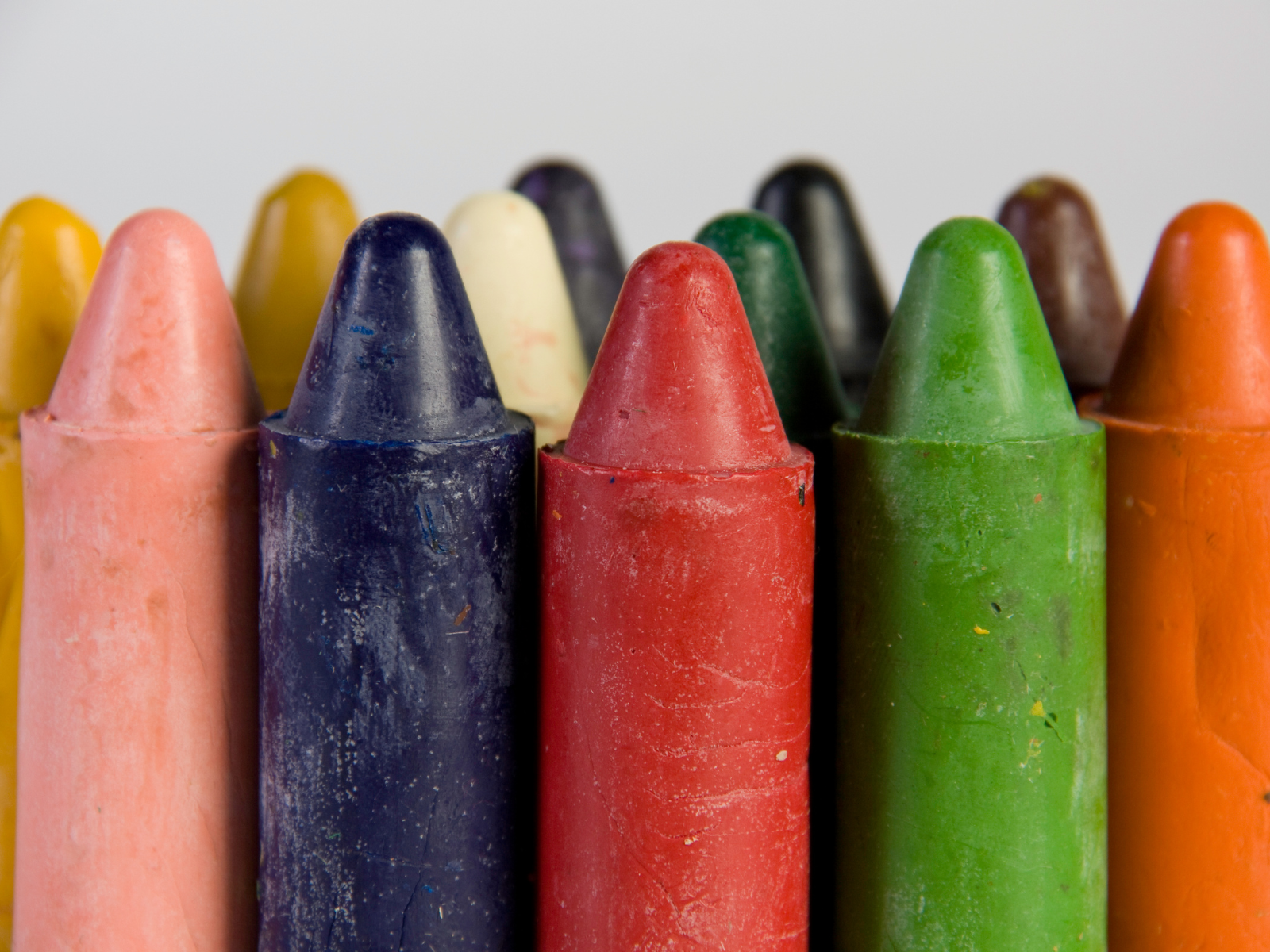
Enhancements in Tech for Smudge Prevention
Recent advancements in crayon technology have greatly contributed to the development of smudge-resistant crayons, which are ideal for both enthusiastic toddlers and meticulous artists.
These innovations often involve a blend of wax and other binding agents that adhere better to paper and cardboard without leaving residue that can smear across the work surface.
This technology not only enhances the durability of the drawings but also preserves the purity of colors, allowing for a cleaner and more appealing finish.
Product descriptions now frequently highlight these technological enhancements, reassuring customers about the quality and efficacy of these crayons.
For instance, many crayons that are marketed as non-toxic and smudge-proof receive high praise in customer reviews for their ability to stay intact without transferring color.
This is particularly important for families who value cleanliness and ease of use in creative products.
The ability to easily wipe away any stray marks makes these crayons highly desirable for parents who hope to encourage creativity without additional mess.
Crayon Storage Solutions to Prevent Smudging
Proper storage of crayons can significantly impact their tendency to smudge.
Crayons left out in the open may collect dust and debris, which can adhere to their waxy surface and later transfer onto paper as smudges.
Utilizing proper storage solutions such as dedicated crayon boxes or cases can keep crayons clean and ready for use.
These storage options often feature individual slots for each crayon, reducing the risk of them rubbing against each other and creating smudge-causing wax buildup.
For families and classrooms, investing in storage solutions that are easy to clean and maintain can make a big difference in crayon upkeep.
Additionally, environmental factors like humidity and temperature can affect the texture and consistency of crayons, influencing their smudge potential.
In humid conditions, crayons can become slightly softer and more prone to leaving smudges.
Storing crayons in a cool, dry place ensures they remain firm and are less likely to create messy lines.
Some storage boxes come with silica gel packets that help control moisture, keeping the crayons in optimal condition for smudge-free use.
For those who frequently use crayons on different surfaces such as walls or windows, having these storage solutions can help extend the life and quality of crayons, ensuring clean, sharp drawings every time.
Choosing the Right Crayons for Surfaces
Not all crayons are suitable for every surface.
For instance, window markers are designed for smooth surfaces like glass and are formulated to be smudge-resistant on these surfaces.
When selecting crayons, consider the intended surface to ensure optimal performance and minimal smudging.
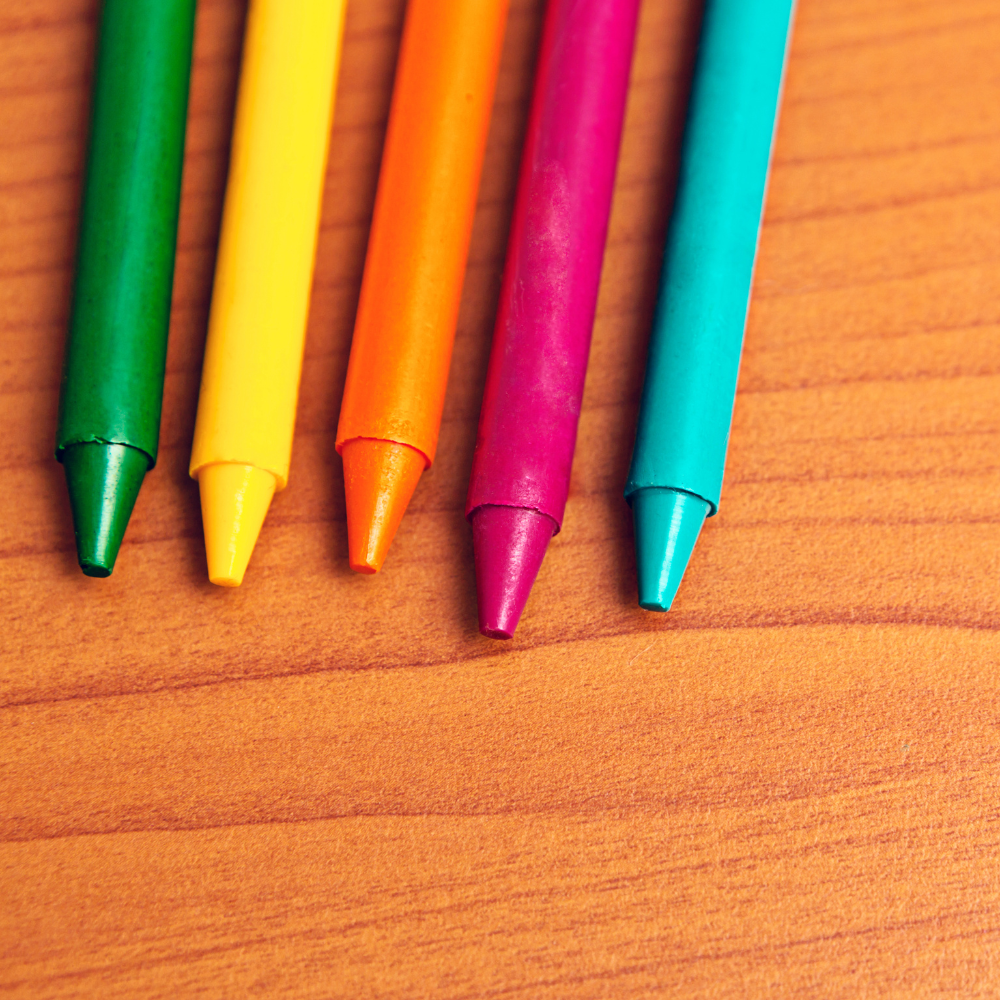

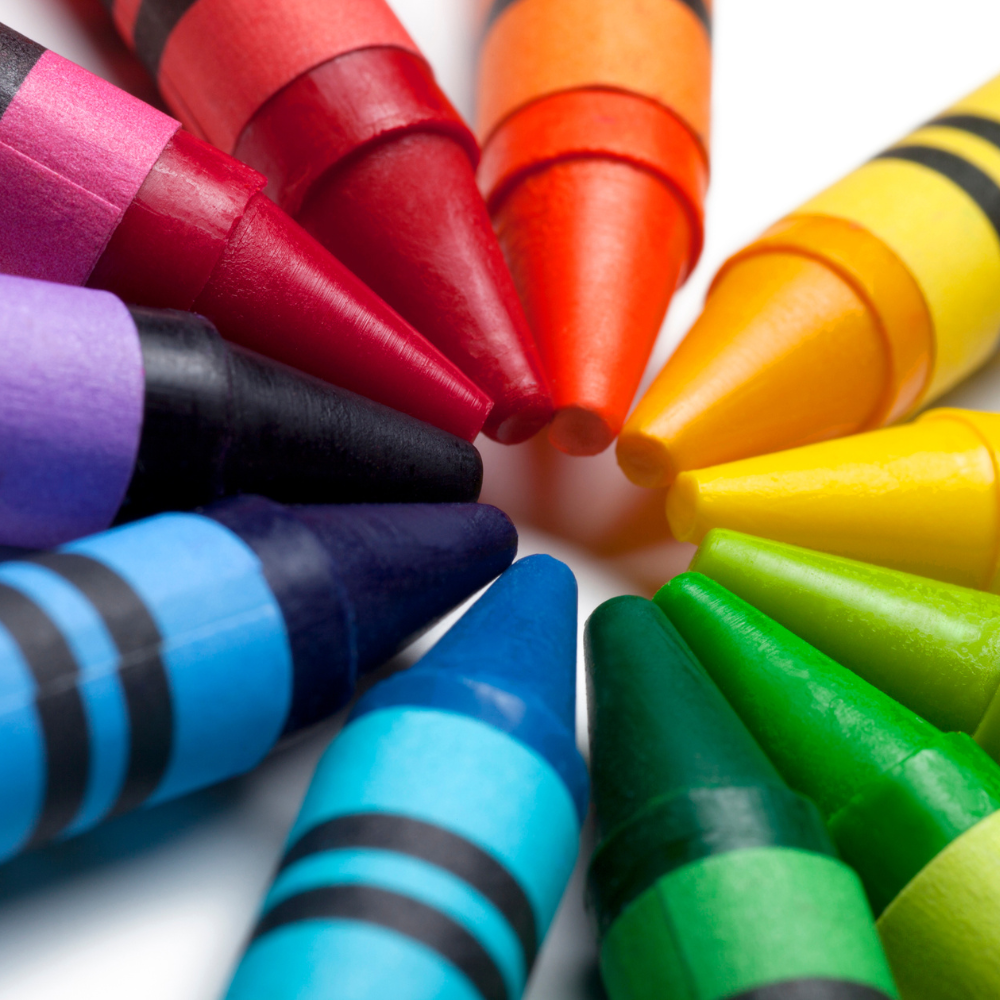
Practical Tips for Smudge-Free Coloring
To further prevent smudging, consider the following tips:
- Use a paper towel under your hand while coloring to catch any stray color.
- Teach children to color gently to reduce the pressure on the crayons, which can lead to smudging.
- Opt for high-quality, thick paper specifically designed for crayon use. This type of paper often has a better grip on crayon wax, reducing the likelihood of smudging.
- Start with lighter colors and gradually build up to darker shades. This technique not only enhances the depth and dimension of your artwork but also minimizes the risk of colors blending unintentionally.
- After completing your artwork, lightly spray it with a fixative. This clear spray creates a protective barrier over the wax of the crayon drawing, helping to lock the colors in place and prevent smudging.
- Store your crayon drawings flat and keep them covered with a clean sheet of paper. This protects them from dust and other elements that could smudge the surface.
- Ensure that your hands are clean before you start coloring. Oils and dirt from your hands can transfer to the crayons and paper, making smudging more likely.By incorporating these additional tips into your coloring routine, you can further enhance the quality and longevity of your crayon art, keeping them vibrant and smudge-free.
Best Crayons for Toddlers
Toddlers need crayons that are not only safe and non-toxic but also easy to hold and resistant to smudging.
Products like Crayola's large, washable crayons are designed with toddlers in mind, offering both vibrant colors and an easy-to-clean formula that parents appreciate.
Crayons as Educational Tools
Beyond their use in art, crayons serve as excellent tools for developing fine motor skills in children.
Choosing smudge-resistant crayons can make learning and development cleaner and more effective, as children can see their progress clearly without smudges blurring their lines.
Smudge-Free Crayons Makes All the Difference
Selecting the perfect smudge-free crayons is more than just a minor detail—it's a crucial step towards achieving flawless, vibrant artwork.
By opting for high-quality, non-toxic, and washable crayons from reputable manufacturers, both children and adults can enjoy a mess-free artistic endeavor.
Whether you're a budding young artist or an adult rediscovering the joy of coloring, using these top tier crayons ensures that each stroke stays precisely where you want it.
Remember, the secret to pristine, eye-catching color creations doesn't just lie in the crayons you choose but also in how you use them.
Embrace these tools and techniques, and watch as your coloring projects transform into masterpieces of clarity and brilliance.

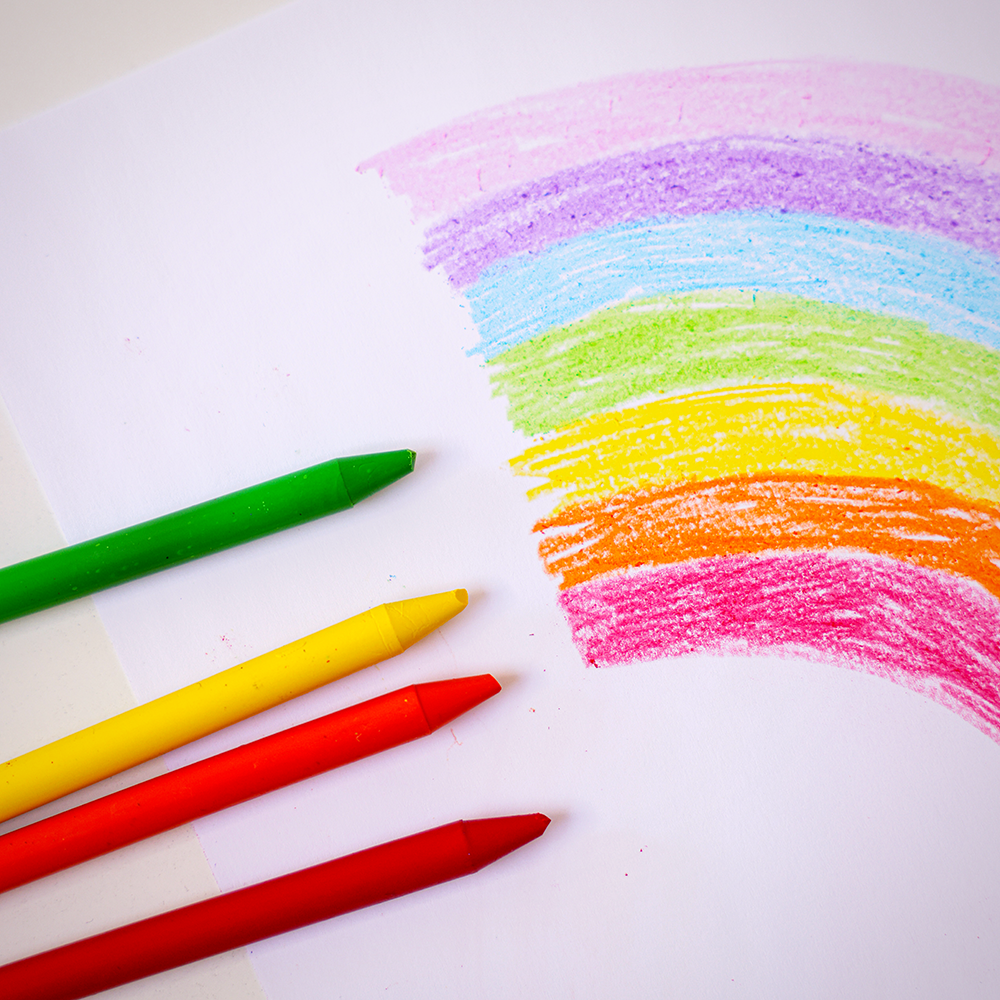
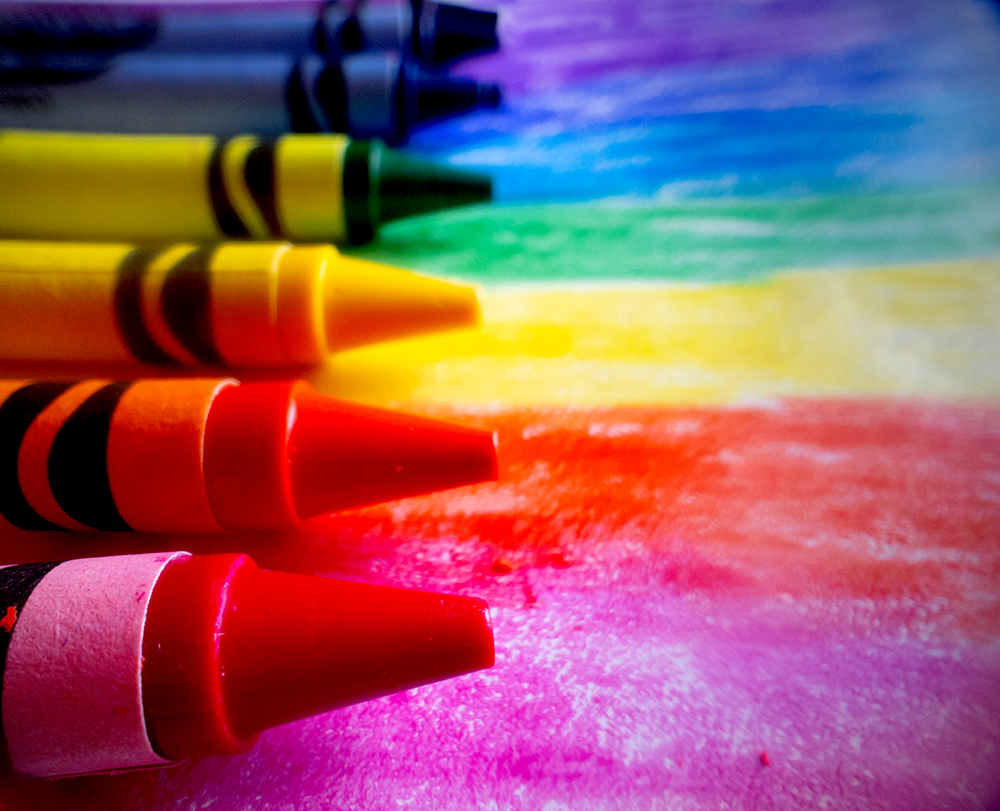
Crayon FAQs
Dive into a world of vibrant colors without the mess with these FAQs!
Whether you're a budding artist or a seasoned pro, understanding the nuances of smudge-free crayons can elevate your creative projects.
From the best brands to the ideal paper types, and understanding the cost differences, we've got all your questions covered.
Let's explore how you can keep your art as clean and bright as your ideas!
Are there specific brands known for producing smudge-free crayons?
Yes, brands like Crayola are renowned for their high-quality, smudge-resistant crayons. They offer a variety of crayons designed to meet different needs, including washable and non-toxic options.
Can smudge-free crayons be used on any type of paper?
While smudge-free crayons work well on most types of paper, using thick, high-quality paper can enhance their performance and prevent any potential smudging.
Are smudge-free crayons more expensive than regular crayons?
Smudge-free crayons can sometimes be slightly more expensive due to their specialized formulations. However, the cost is often justified by the superior quality and mess-free experience they provide.
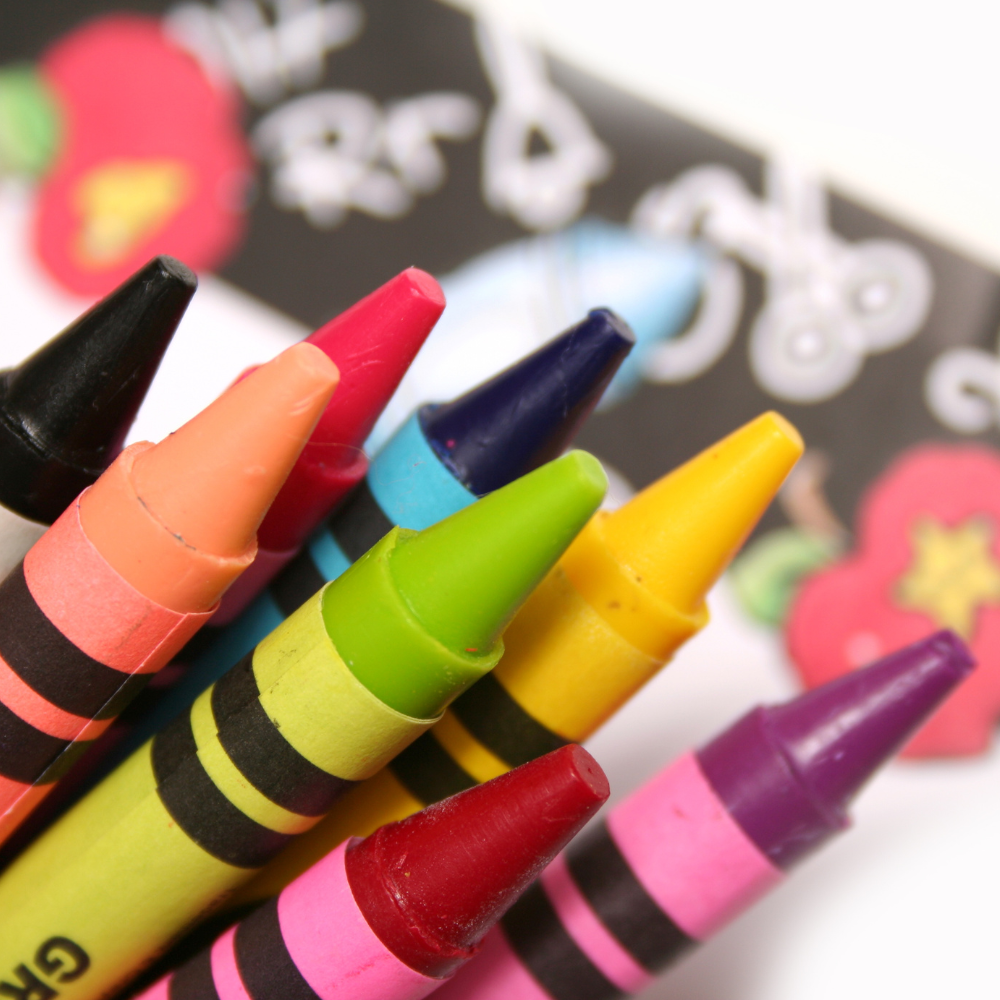
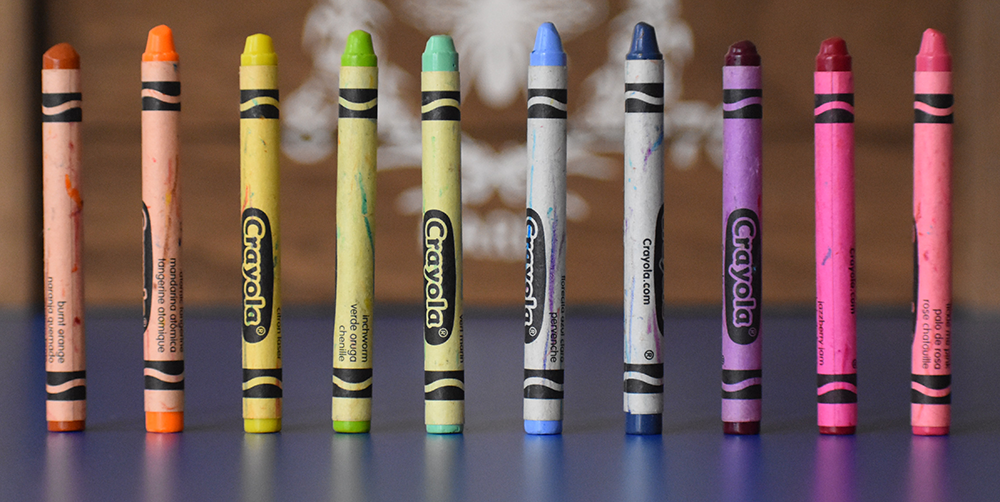
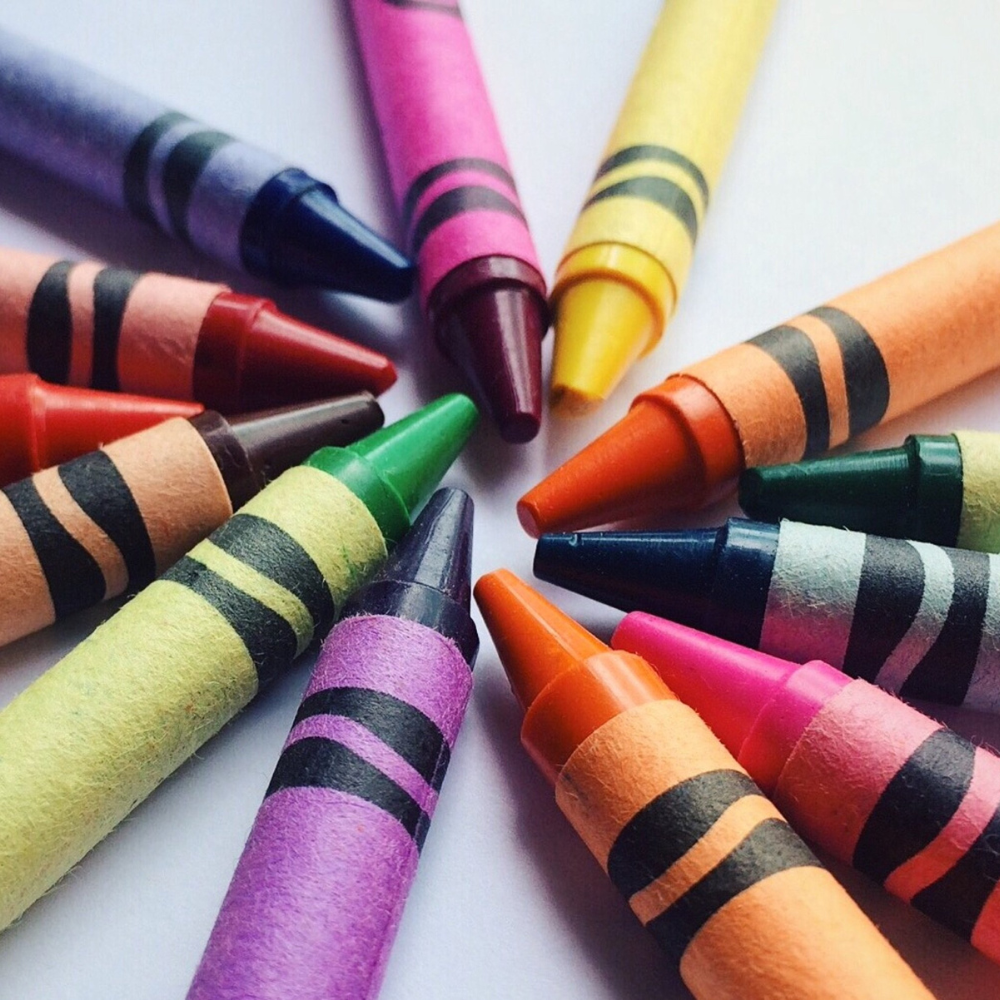
Eager to explore smudging? Check out The Sunshine Crafter Kelly Fusco's video!
Want even more content about creativity and art?
Be sure to check out all of our creative chronicles!
Love crayons and crayon art?
Check out some of our other articles:
-How do you make crayons look professional?
-Can you use acrylic paint over crayon?
-What are the two main ingredients to make a crayon?
-What crayons do professionals use?
